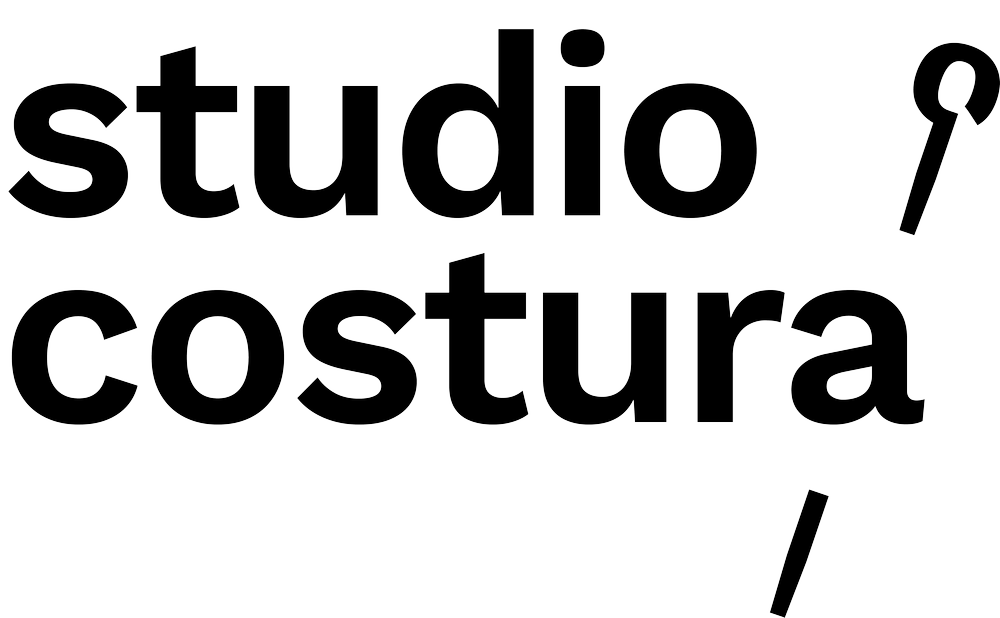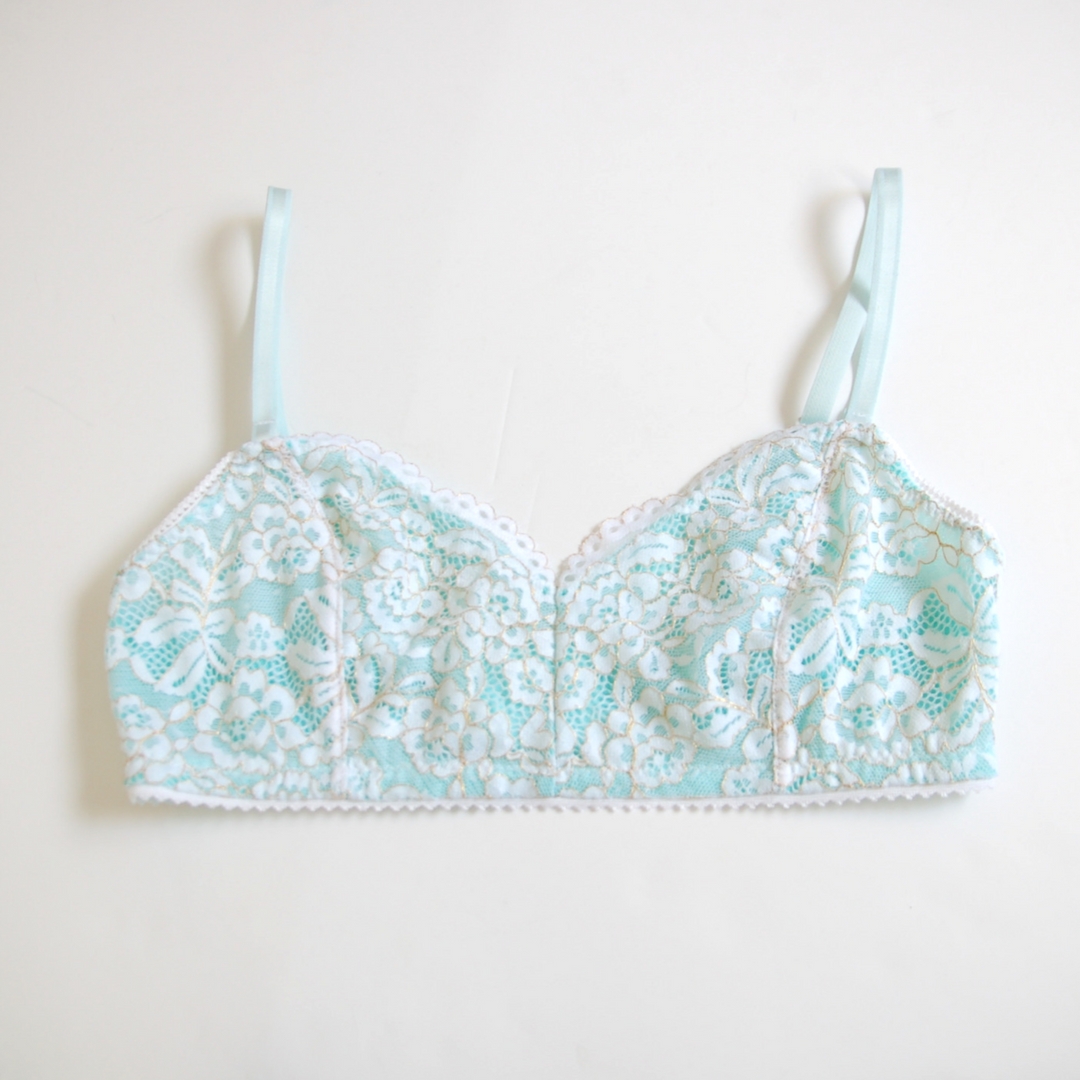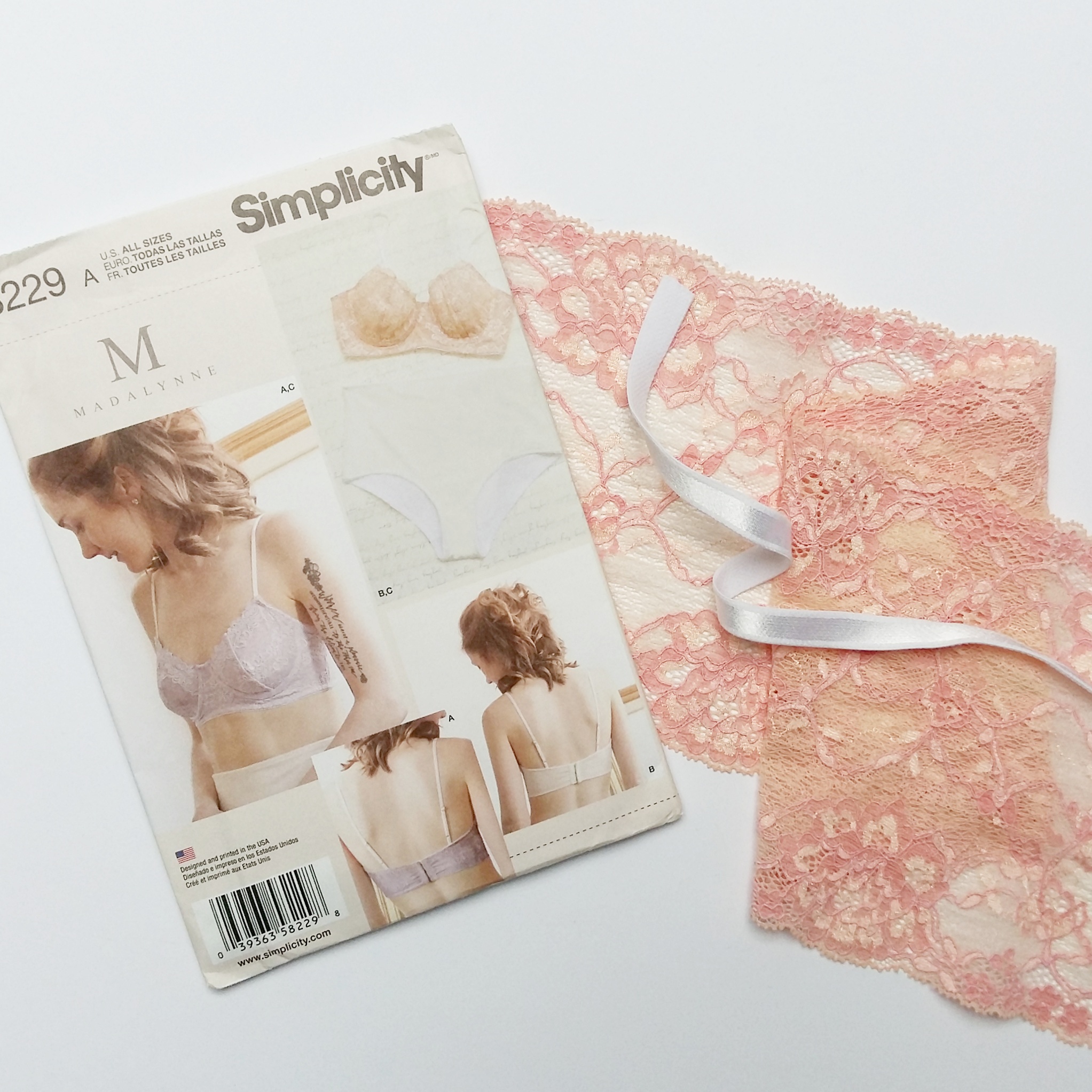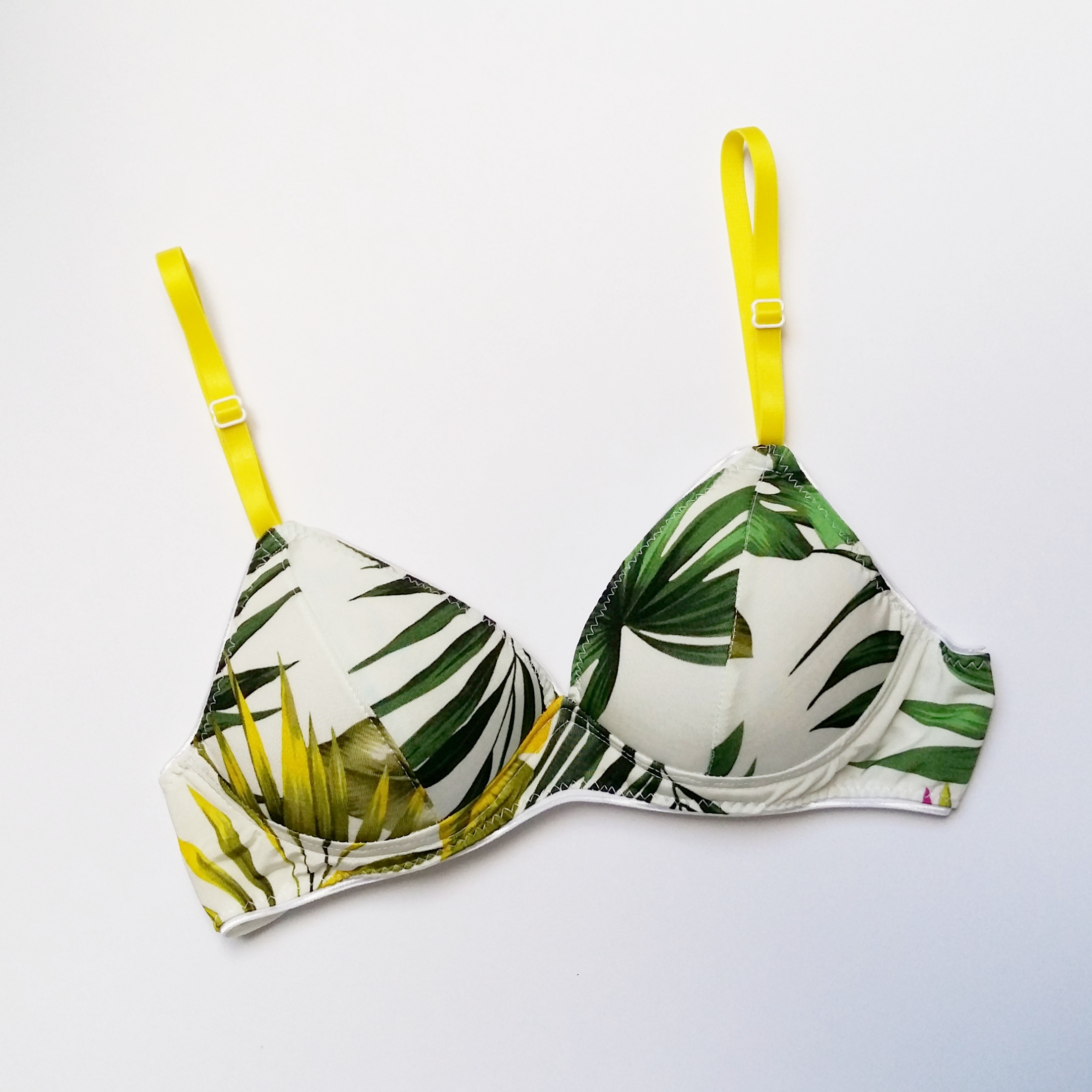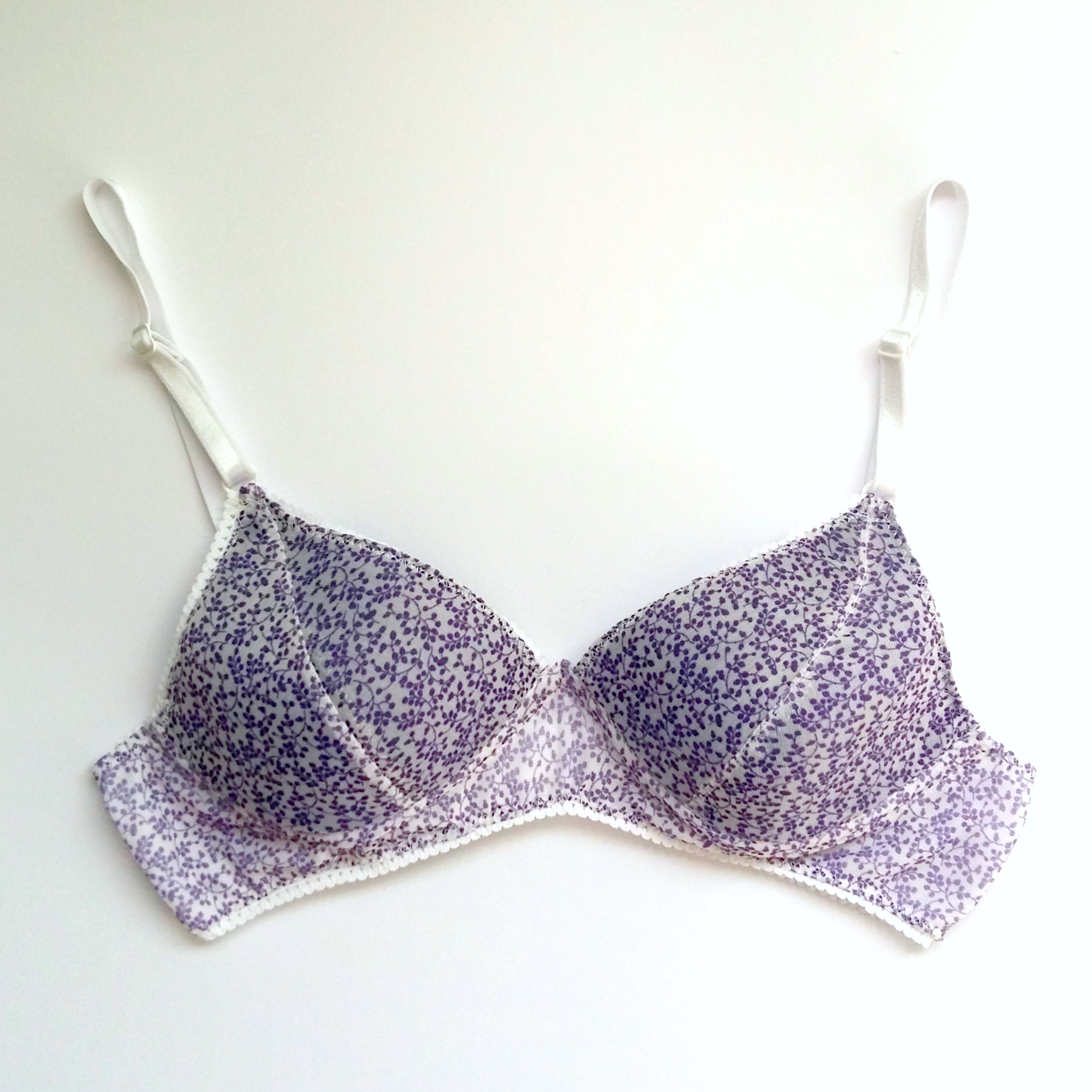Hola, no es un post sobre algo nuevo que he cosido pero quería recordaros que de vez en cuando (intentando que sea una vez al mes...) sigo mandando mi newsletter. Allí pongo enlaces que os pueden interesar e igual os inspiran para vuestros proyectos de costura etc. Puedes leer el último que mandé esta mañana abajo y si te mola, puedes apuntarte pinchando aquí.
Y prometo post costuril en breves <3
Hey, this is not a post about something new I've made, I only wanted to remind you that I keep sending a newsletter out every now and then (one in a month or so...). I send links about stuff that might interest you and maybe there's some inspo for your sewing proyects too. You can read the last one I sent out this morning below and if you like it you can subscribe here.
And I promise a sewing proyect post soon too <3
Hola // Hey
Scroll down for the English version!
Qué tal estás? Casi se acaba el primer mes del año!!! Estoy con mucho trabajo estas semanas y aunque quería que este newsletter te llegue también notificando que he escrito un post en el blog, pues al final va a ser que no.
He pasado casi todo el tiempo de lo que llevamos de este año nuevo trabajando en el taller de Le Bratelier y también dando clases allí. Poco a poco en los ratos libres estoy trabajando con el patrón de bralette que saldrá en breve, espero. No he cosido mucho fuera del trabajo pero el otro día en la clase en mi casa me dio tiempo de hacer este estuche con piel y me ha gustado mucho como ha quedado.
Por cierto, si estás en Madrid y estás pensando en aprender algo nuevo de costura puedes escribirme para ver la disponibilidad de clases en mi taller. También hago cursos específicos de lencería así que igual te animas para algo diferente? Pues eso, que todo es hablarlo y ver si coincidimos.
Y ahora como siempre en mis newsletters te dejo algunos enlaces con cosas que me han parecido bonitos/útiles durante las últimas semanas:
- me encantan los podcasts de costura y me da mucha pena cuando empiezan con fuerza y luego desaparecen como ha ocurrido con muchos...pero Love To Sew parece que va muy en serio y me encanta! El otro día en el curro escuché el episodio sobre la imagen de cuerpo y cómo coser ha cambiado la historia para muchas y fue muy emocionante
- Grainline tiene un nuevo patrón de abrigo recién salido del horno! Tiene un estilo muy suyo y me encanta el detalle de los bolsillos
- he descubierto esta marca textil madrileña y me tiene enamorada con sus kimonos y accesorios para el hogar
- he estado escuchando los videos de The Craft Academy mientras coso en el trabajo y la verdad es que tienen muy buena información: este mini curso sobre las ferias para artesanos mola y luego tienen bastantes entrevistas guays con gente de pequeñas empresas creativas también
- necesito un Kelly anorak como este en mi vida y aunque antes no me llamaba mucho la atención el patrón de abrigo Clare de Closet Case Patterns pues después de ver esta versión me encanta también!
- necesito hacer una sudadera así para mi pequeña...y una para mí ya que estamos :)
- esta falda! esta tela! la caída! la forma! <3 y el verano, traedme el verano!!!
Valee...ya está para hoy. Espero que te haya gustado y te escribo de nuevo el mes que viene!
xoxo
Karu
How are you? The first month of this year is almost over!!! I've been working a lot over the last weeks and altough I wanted this newsletter to be sent out saying that there was a new post over at the blog, in the end it hasn't been possible :(
Most of the time this month I've been working over at the atelier of Le Brateliersewing and teaching classes. Little by little when having a free moment I´m working on the bralette pattern that will be launched soon I hope. I haven't been sewing much outside of the work hours but I did make this zip pouch with leather and I really like how it turned out.
By the way, if you are in Madrid you can contact me about sewing classes at my atelier, I also teach specific lingerie making courses so you can try something a little different!
And now to the links about stuff I've found interesting/beautiful over the last weeks:
- I love sewing podcasts and I'm really sad when they start with a lot of entusiasm and then fade away as it has happened to many of them...but Love To Sew looks like the one to stay and I love it. The other day at work I listened to the episode about body image and how sewing has changed that for people and it was really inspiring
- Grainline has a new coat pattern! It has their unique style and I love the pocket detail
- I discovered this textile brand from Madrid and I love their kimonos and home accesories
- I've been listening to the videos from The Craft Academy while I sew at work and they really do have good information: this mini course about handmade markets for example is a good one and they also have many inspiring interviews with makers
- I need a Kelly anorak like that one in my life and altough I wasn´t too into Closet Case Patterns Clare coat pattern before, this version really got me!
- need to make a sweater like that for my little one...and one for myself too :)
- this skirt! this fabric! the drape! the shape! <3 and the summer, bring me the summer!!!
Oook, that's it for this time. I hope you liked it and I'll write you again next month!
xoxo
Karu
